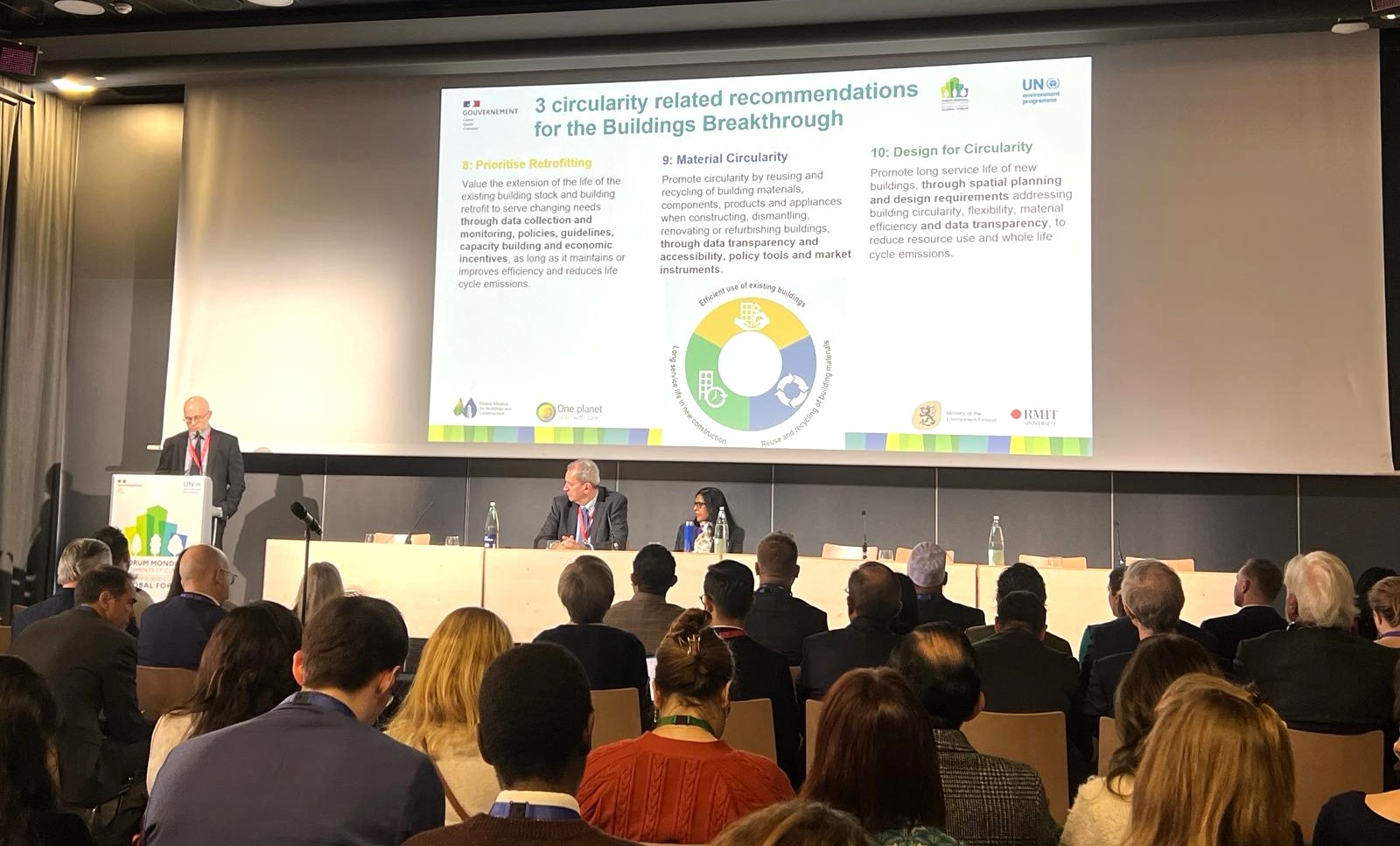Zero Energy in the Built Environment: A Holistic Understanding
International pressures through global agreements such as the recent Paris agreement in
2015 have put stress on governments and industries to find lasting solutions for the built environment. The built environment was recognized as an important factor in reducing global emissions for the first time at the Conference of Parties (COP) 21 meeting in Paris through a dedicated ‘Buildings Day.’
The Global Alliance for Buildings and Construction (GlobalABC) was also launched at COP
21 as a network to globally support zero emission, efficient and resilient buildings and construction sector. The Paris Agreement brought all nations to collectively combat climate change with a view to limit temperature increases to no more than 2 degrees Celsius. Nations agreed to report their efforts through the monitoring program. In most countries, residential and commercial buildings spend a large proportion of their energy in lighting, heating, ventilation, air conditioning and in various appliances requiring energy for operation. This paper takes a broad understanding of zero energy. Starting with buildings, the definitions also consider understanding zero energy and from a carbon perspective, considering going from beyond buildings to include precincts and cities. The paper brings an understanding of zero energy, its importance, and its urgency with respect to global commitments to reduce the impact of the building and construction sector and the role of governments and industries in supporting the lowering of emissions in the built environment now and in the future.

